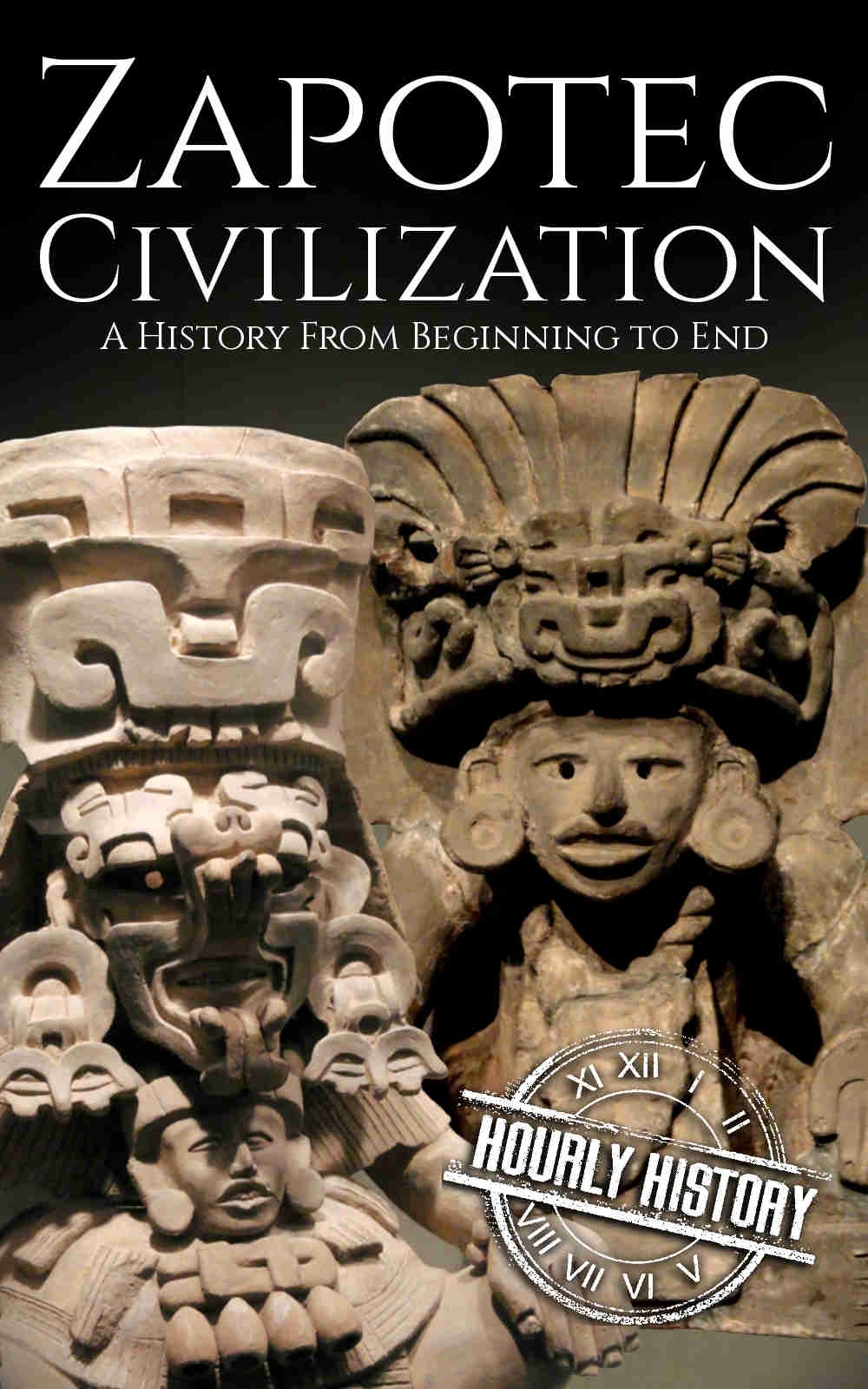The Zapotecs formed one of the most important of the pre-Columbian civilizations. For one thousand years, their main city of Monte Albán was one of the largest and most sophisticated in Mesoamerica. Building this city was an astonishing engineering feat—it involved flattening a hill in the center of the Oaxaca Valley to create an artificial plateau and then constructing a series of large, ornate buildings on this inaccessible site. Maintaining this large city on a site with no natural source of water must have required an enormous and willing workforce. Despite this, Monte Albán became one of the largest and most important cities in Mesoamerica, and the Zapotecs came to dominate not just the Oaxaca Valley but many adjacent lands.
Inside you will read about...
✓ The Emergence of the Zapotecs and Monte Albán
✓ Monte Albán Phase 1 to 5
✓ Zapotec Architecture, Art, and Science
✓ Zapotec Religion and Society
✓ Legacy
And much more!
We don’t know why or how the Zapotecs suddenly seemed to acquire new engineering and architectural skills, but their rise to prominence was astonishingly swift. Once in a position of dominance, they maintained their hold over the region for more than one thousand years. Then, for reasons that are equally unclear, the Zapotecs faced a slow decline which saw them abandon Monte Albán to decay and ruin and return to the Oaxaca Valley floor to become once again a mainly agrarian, peasant people.
The Zapotecs still exist as a separate culture in Mexico, but they have never regained their prominence and are now little more than one of the indigenous peoples of that region. This is the story of the rapid rise and gradual decline of the ancient Zapotec people.


